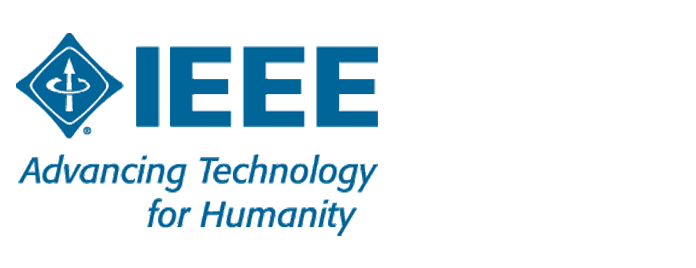This standard provides a general shared function model for cloud computing, in order to normalize how functions are shared between cloud service providers (CSPs) and cloud service customers (CSCs). The standard specifies functions ownership from seven aspects for three main cloud service delivery models, including Infrastructure as a Service (IaaS), Platform as a Service (PaaS) and Software as a Service (SaaS). The seven aspects of function are as follows:
1) The physical infrastructure function.
2) The virtualization infrastructure function.
3) The operating system function.
4) The network control function.
5) The application function.
6) The data function.
7) The identity and access management function.
Each of the seven aspects considers many factors including security, management, etc. In this standard, levels 1 to 4, which are clearly the service provider's function for IaaS, PaaS, and SaaS, are briefly mentioned for the integrity of the model. This standard focuses on levels 5, 6, and 7.
IEEE P2304
https://standards.ieee.org/ieee/2304/10690/


